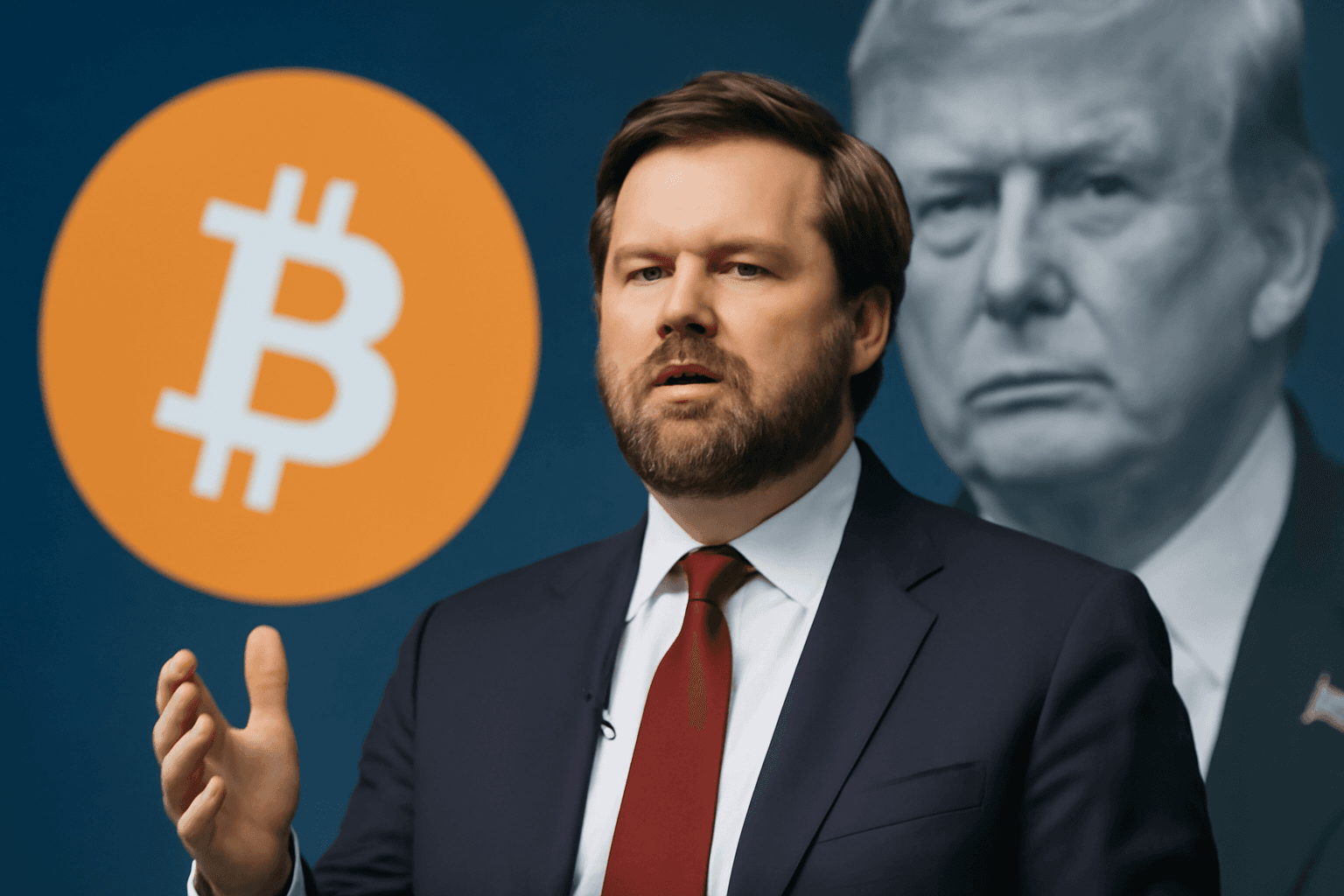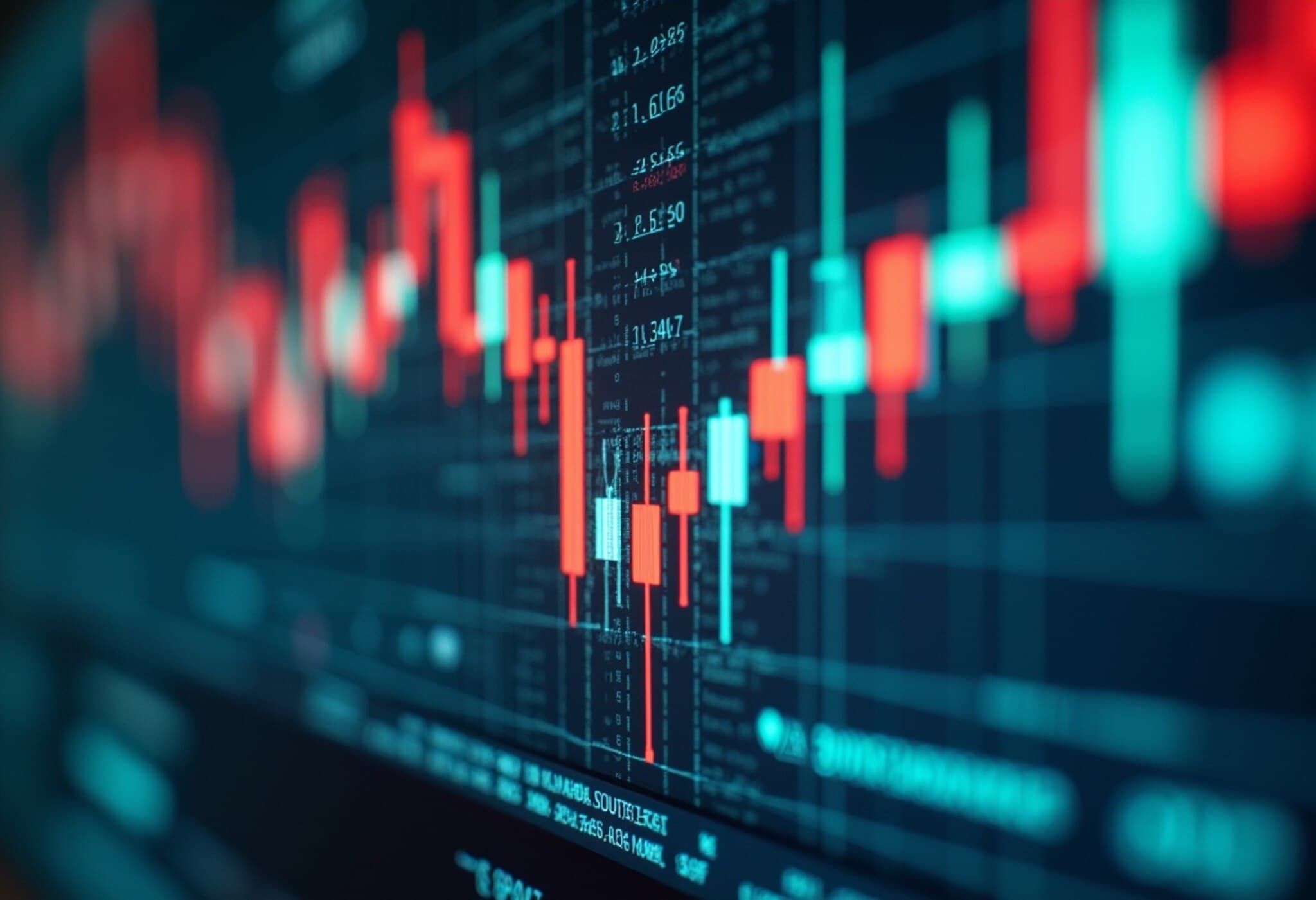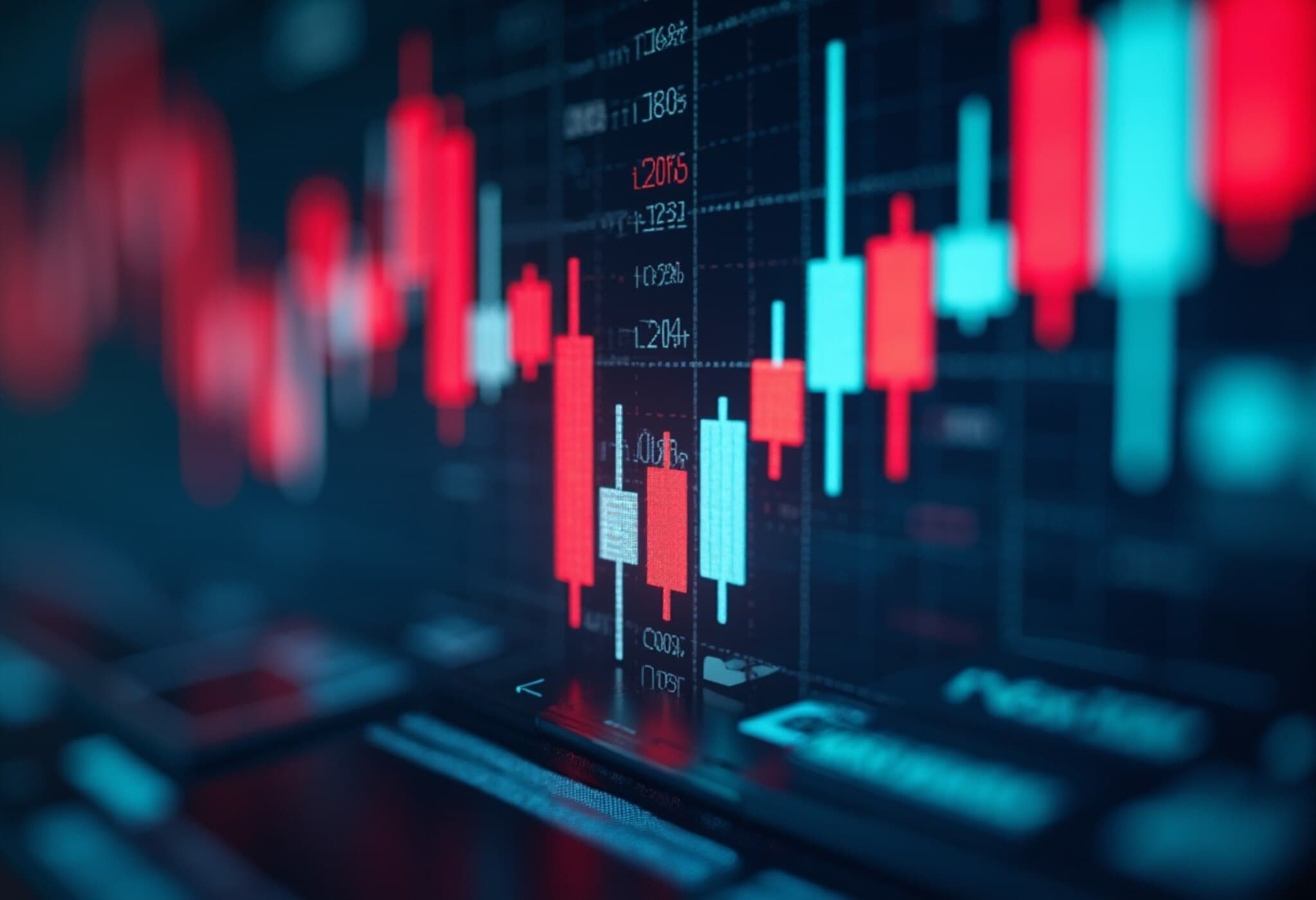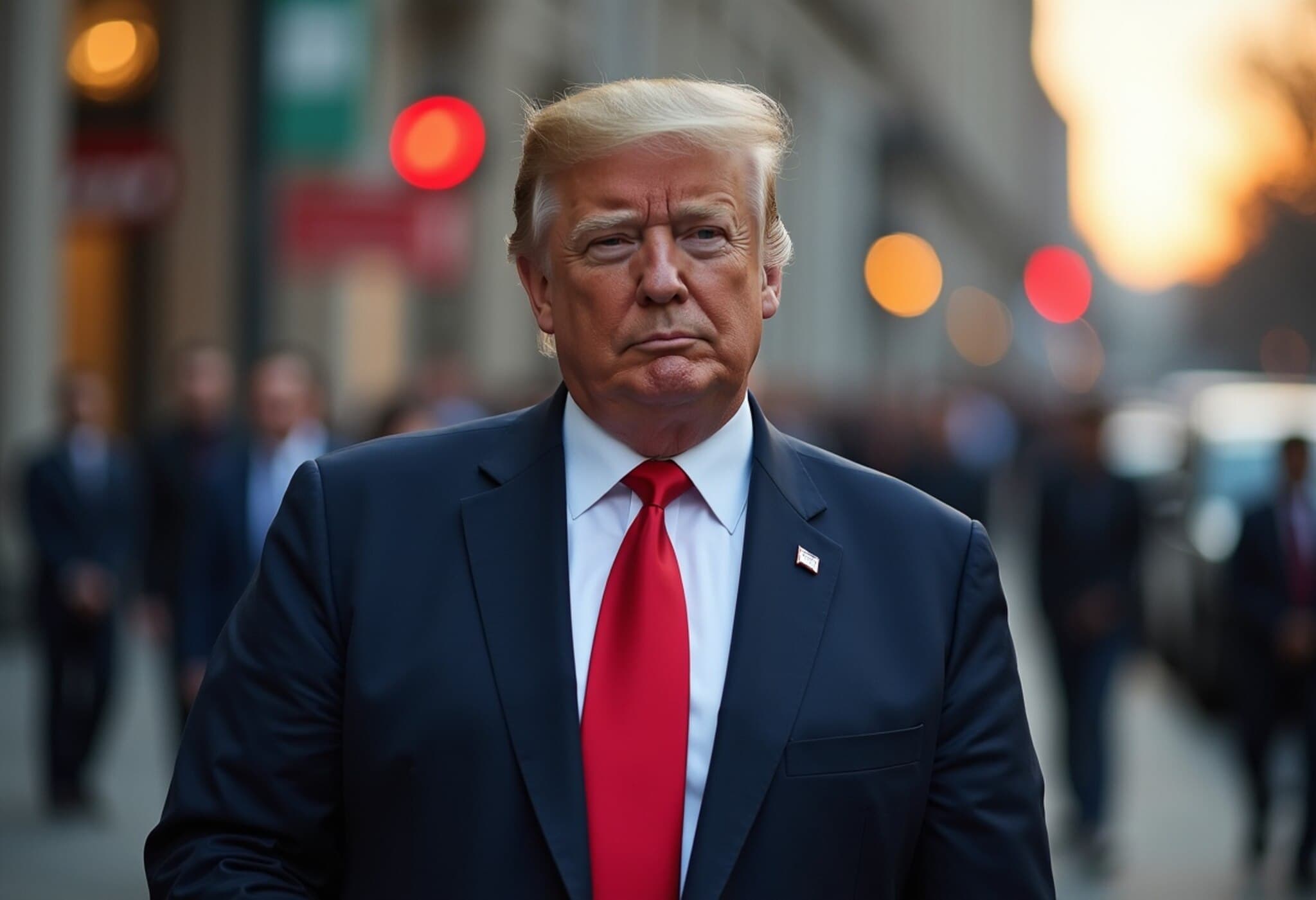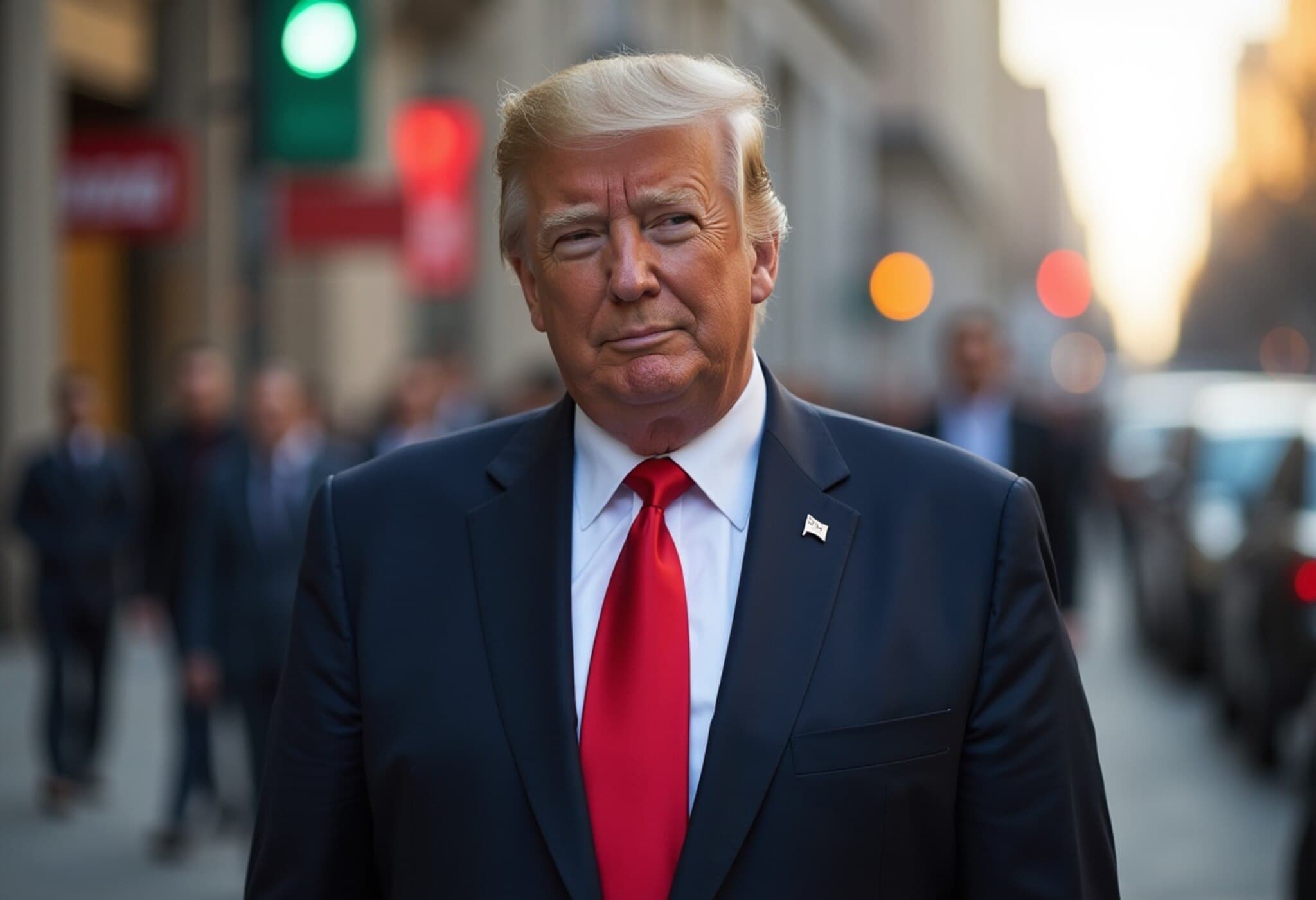Figma's Spectacular NYSE Debut Marks a Turning Point for Tech IPOs
On July 31, 2025, design collaboration platform Figma made a stunning entrance on the New York Stock Exchange (NYSE), seeing its shares skyrocket more than threefold compared to its initial offering price. After pricing its initial public offering (IPO) at $33 per share, Figma’s stock surged to an eye-popping $112 before trading was briefly halted, reflecting investor enthusiasm and signaling renewed vitality in the technology IPO market.
IPO Triumph Amid Resurgence in Tech Market Activity
Figma’s strong market debut comes after a prolonged lull in tech IPOs that began in early 2022 due to inflation pressures and rising interest rates. This year has already witnessed notable public listings spanning online banking, stablecoins, artificial intelligence infrastructure, and health technology, illustrating robust investor appetite for innovative tech solutions.
Valued at roughly $50 billion upon opening trade, Figma's debut has captured attention not only for its explosive price movement but also for what it symbolizes — a resurgence of confidence in growth-stage tech firms entering public markets.
From Acquisition Deal to Independent Ascent
Back in 2022, industry giant Adobe announced plans to acquire Figma for $20 billion, a move that promised to reshape the design software landscape. However, the deal was abandoned in 2023 after UK regulators raised concerns over potential harm to competition and innovation. This regulatory intervention inadvertently set the stage for Figma’s independent flourish on Wall Street.
Led by 33-year-old CEO Dylan Field, Figma offers a web-based platform enabling real-time collaboration on digital designs, ranging from apps and websites to slide decks and interactive whiteboards. What sets Figma apart is its broad appeal, boasting over 13 million monthly users with two-thirds coming from non-design backgrounds — a testament to its versatility and user-friendly design.
CEO’s Perspective: Staying Grounded Amid the Market Frenzy
In a candid conversation on CNBC's "Squawk Box," Field emphasized the importance of focusing on the company’s mission rather than the fluctuating stock price. "The most important thing to remind myself and the team is that share price is a moment in time," he said, highlighting the need for long-term vision beyond the IPO day excitement.
Field’s stake in Figma is valued at over $4.5 billion based on the opening price, yet he stressed continuing to listen to customers and prioritizing innovation as the core drivers of sustained success.
Robust Financial Performance and Prestigious Client Base
Figma has demonstrated substantial commercial traction. According to recent filings, the company generated between $247 million and $250 million in revenue during the second quarter of 2025, marking approximately 40% growth year-over-year. Operating income ranged from $9 million to $12 million for the same quarter.
The company counts major enterprises like Google, Microsoft, Netflix, and Uber among its paying customers. Impressively, over 1,000 clients contribute more than $100,000 in annual revenue each, underscoring Figma’s foothold in the high-value design software market.
IPO Details: Raising $1.2 Billion and Empowering Shareholders
While Figma initially targeted a pricing range between $25 and $28 per share, investor demand pushed the final price to $33 per share, enabling the company to raise approximately $1.2 billion. Most proceeds benefited existing shareholders, including prominent venture capital firms such as Greylock Partners, Index Ventures, Kleiner Perkins, and Sequoia Capital. Founded in 2012 and headquartered in San Francisco, Figma was ranked 45th on CNBC’s 2025 list of top private companies, reflecting its rapid ascent.
What This Means for the Broader Market
Lynn Martin, president of the NYSE, voiced optimism about a new wave of tech IPOs following Figma’s success, stating on CNBC’s "Squawk on the Street" that “this will open the floodgates” for upcoming offerings. In many ways, Figma’s landmark debut serves as a bellwether for investor confidence returning to high-growth, innovation-driven tech companies.
Expert Insight: Regulatory Dynamics and Market Implications
From a policy perspective, the prior blocked acquisition by Adobe shines a light on evolving attitudes toward antitrust oversight in the tech sector. Regulators are increasingly vigilant about preserving competition in software markets, especially platforms that empower creativity and collaboration. Figma’s independent growth trajectory post-breakup showcases how regulatory checks can encourage vibrant innovation ecosystems instead of consolidation that could stifle disruption.
Meanwhile, the buoyant demand for shares despite economic uncertainties signals that public investors remain eager to back companies pushing boundaries in productivity and digital design — sectors poised to benefit from ongoing shifts to remote work and decentralized collaboration.
Looking Ahead: Challenges and Opportunities
- Market Volatility: Figma’s stock price could experience fluctuations as market participants digest valuation and growth expectations.
- Competitive Landscape: As Figma scales, it faces competition from established players and emerging startups vying for attention in design software.
- Innovation Imperative: Maintaining rapid feature development and customer-centric improvements will be key to sustaining growth.
Each of these elements will test Figma’s ability to convert IPO momentum into long-term market leadership.
Editor’s Note
Figma’s explosive NYSE debut marks more than a successful IPO—it’s a testament to resilience amid regulatory hurdles, a renewed investor appetite for tech growth stories, and the market’s evolving embrace of collaborative digital tools. As innovation and competition collide in software design, this moment invites reflection on how public markets channel capital toward technologies reshaping how we create and connect. Will Figma’s journey inspire a new era of tech IPOs and safeguard against the risks of over-consolidation? Only time will tell.




